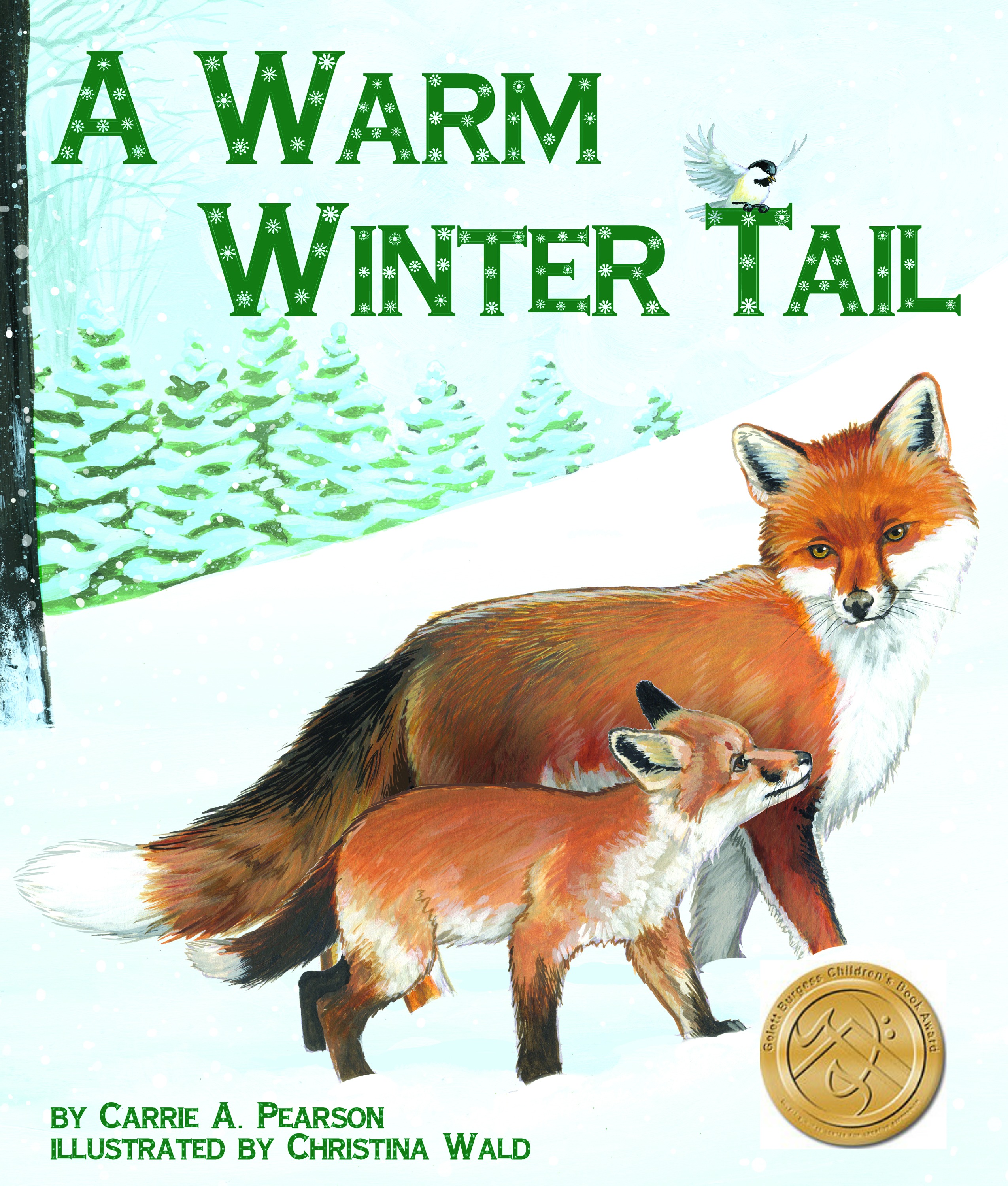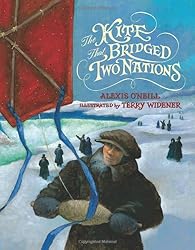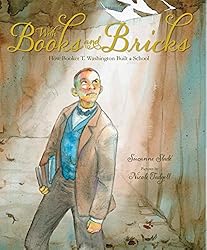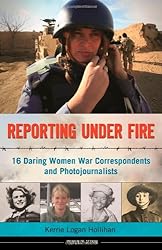
A Cool Summer Tail
by Carrie A. Pearson (Author) and Christina Wald (Illustrator)
Booktalk: Do you ever wonder how animals stay cool in the summer? Well they wonder how humans do too!
Snippet:
(Baby fox)
How do humans stay cool in the summer, Mama?
Do they hang out their tongues,
like a spring that’s been sprung,
breathing fast in and out like this?
(Mama fox)
No panting! No puffing!
No huh, huh, huh huffing!
They sweat through their skin when it’s hot.
Two years ago, I hosted this author on the blog tour for her first children’s book. Today Carrie A. Pearson is back for the sequel as she answers just 3 questions….

Q. When did you start writing?
A. I started writing very early in life and continued because I realized my words provoked a response. Some of it was good—like when I wrote an affectionate note to my grandma and received a warm hug—and some was not so good—like when I wrote a fictionalized biography that conveyed my teen angst (rather than the truth) and hurt people I loved. My teaching degree in early childhood education further reinforced the impact of words on people, especially little people. I love choosing just the right words to tell the story I want to share. To me, the power of words will never grow old!

Author Carrie A. Pearson
Q. Describe your writing process.
A. Since June 2013 when I took on the volunteer role of co-Regional Advisor for SCBWI-MI, my writing days often begin with email correspondence about various projects and activities for our region or the larger organization. At first, I worried my writing time would be eaten up, but the opposite is true; my brain is more engaged for creative writing after it has been called into service to solve problems or work out details. I am careful to chart out how my time will be spent early in the week and check my progress daily to stay on track. I write at my computer in my office that has a lovely view to the outside world. This view reminds me that as much as I’d like to be writing 24/7, my product will be more interesting if writing time is interspersed with doggy adventures, running, hiking, mountain biking, family and friends.

Sierra in rocking chair
While I dabble in pure fiction, I’m most at home at the intersection of fiction and nonfiction. Science is the underpinning of a lot of my work so accurate research is crucial. I use the internet to begin my research, but find that personal interviews with experts often lead in directions I might not have dreamed. So, after I’ve pulled together intelligent questions, I pick up the phone—or visit locations whenever possible. In fact, when this interview posts, I will have just returned from Redwood National Park to interview and tour with a well-known park ranger for an exciting new project funded by a grant from SCBWI.
Q. Tell us about your latest book.
A. A Cool Summer Tail (Arbordale Publishing, March 2014) is a nonfiction picture book for readers ages 4-8 that explores how woodland animals adapt to summer heat. While the content is true to life, the story is told in a fictional style with lyricism, rhyming, alliteration, and imagery. The book is unique because it is told from animals’ perspectives, and because it compares and contrasts how animals and humans adapt. A Cool Summer Tail is a companion to my earlier book called A Warm Winter Tail which won a Gelett Burgess Award in the Nature for All Ages category. Christina Wald, the illustrator for both books, created visuals that are authentic but still child-friendly and ask to be explored over and over. We hope each book individually and both books together will provide insights into the amazing world of animal adaptation.

A Gelett Burgess Award Winner in the Nature for All Ages category.
Readers who visit each stop on the blog tour and comment are eligible to be chosen for a free copy of A Cool Summer Tail and a plush animal featured in the book. One winner will be chosen randomly. Here are the tour stops and hosts:
August 11: You are here!
August 14: Brittney Breakey: Author Turf
August 15: Deborah Diesen: Jumping the Candlestick
August 18: Jennifer Chamblis Bertman

It’s Nonfiction Monday!
Copyright © 2014 Anastasia Suen All Rights Reserved.
















